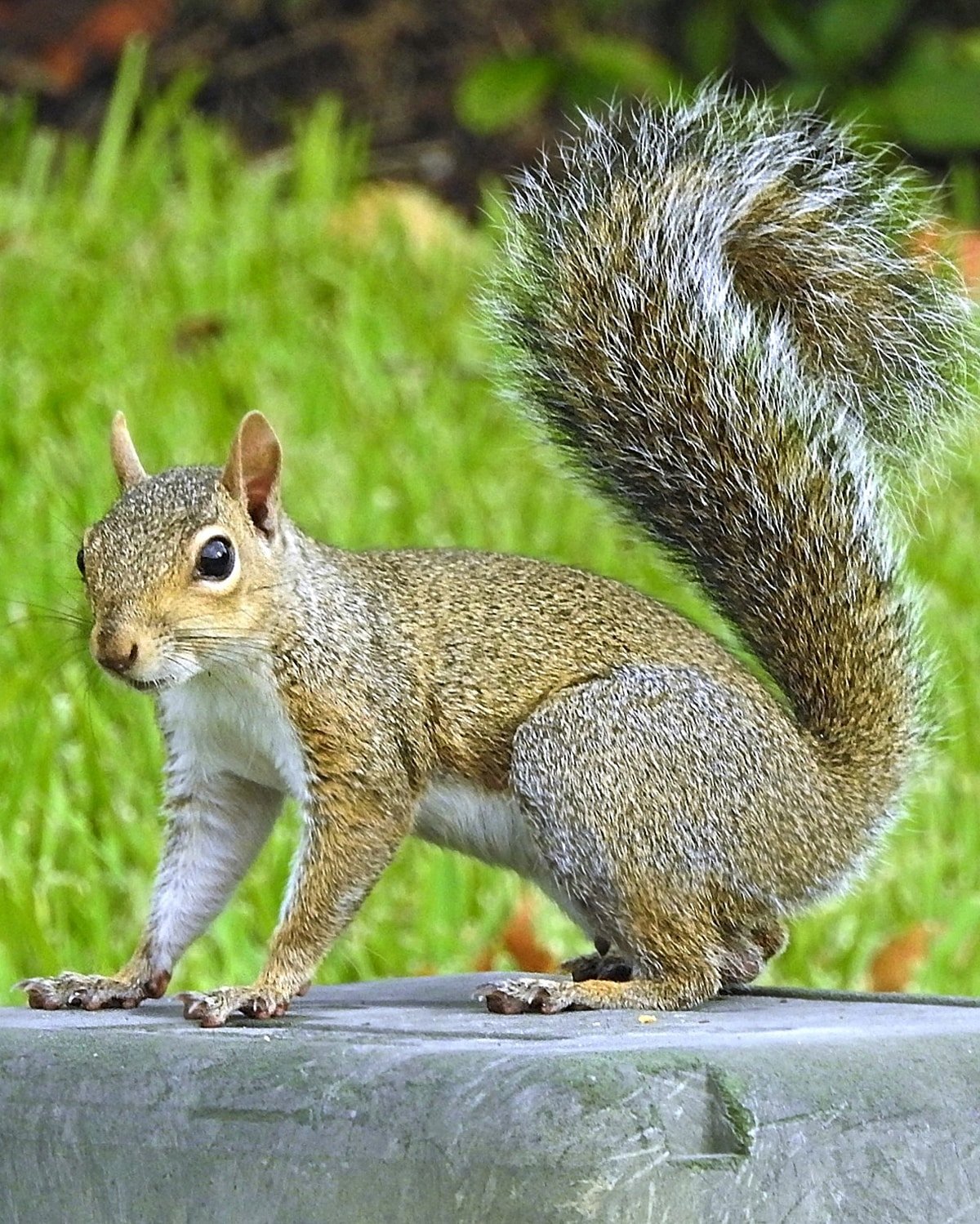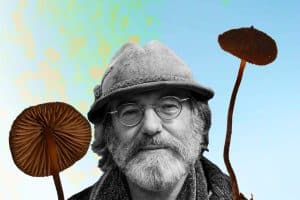Animals have a tough life. You might think living wherever you want, rent-free, and without pants would be a breeze—but it does come with complications. Deforestation, diseases, and the ever-present threat of extinction are just some of the things animals have to worry about daily. While humans can easily escape their existential dread with various mind-altering substances, animals haven’t had it as easy–or so we thought. As it turns out, some of our planet’s wildlife expand their consciousness in ways that you wouldn’t expect. We’ve looked into the strange happenings of animals on drugs.
Reindeer On Shrooms
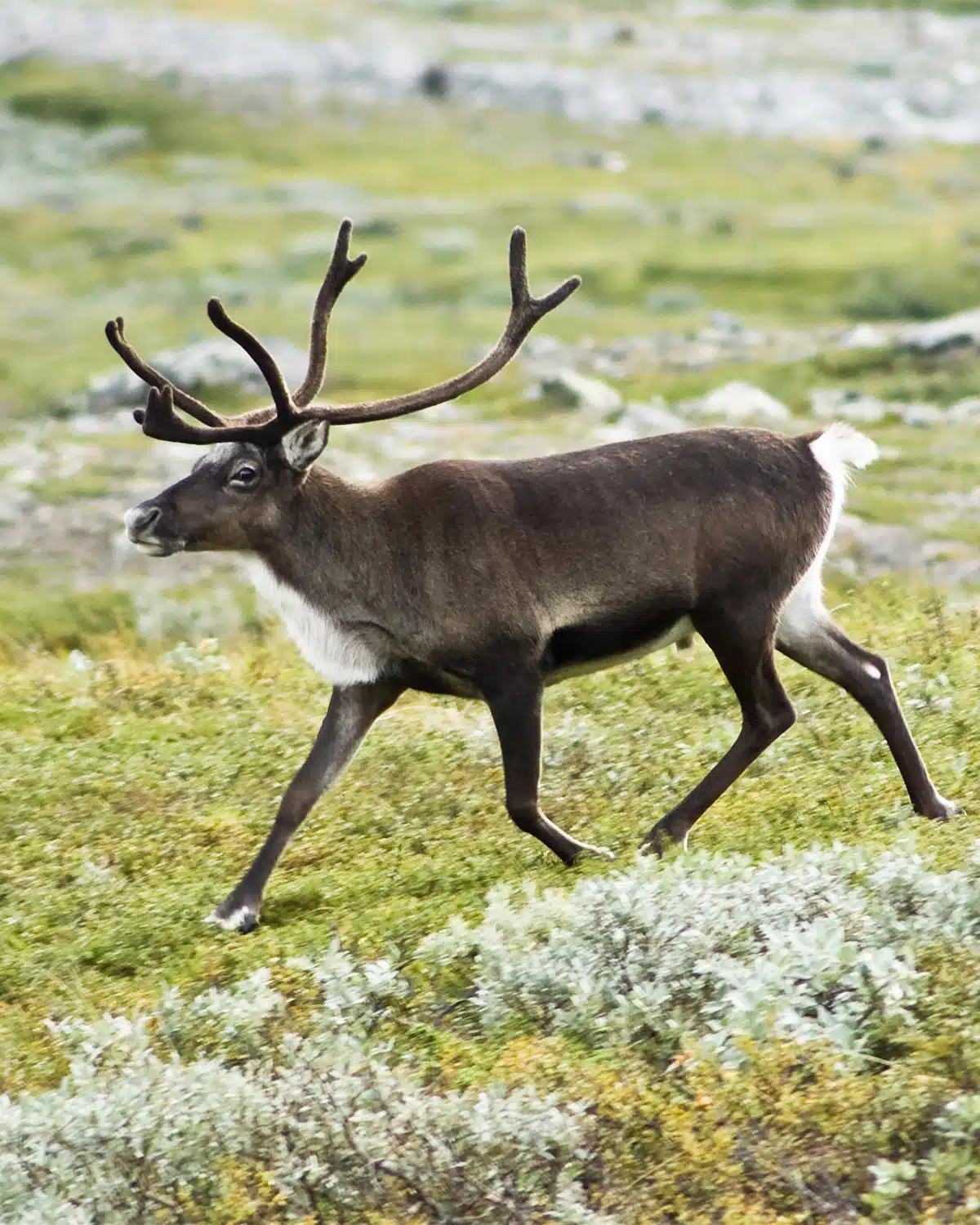
We may be remembering it wrong, but it seems to be implied that Rudolf was obviously on some sort of hallucinogenic when he conjured up the spirit to take his infamous flight. Now, thanks to historians, we know which one—the Amanita muscaria mushroom.
Reindeer have the ability to eat pretty much anything that would otherwise kill the average human. Eating one of the strongest hallucinogenic mushrooms found in the wild? That’s just another Tuesday night for reindeer. But, all jokes aside: The relationship between reindeer and Amanita muscaria is well-known.
Mushrooms are a source of protein for the northern animals, and they’re particularly keen on munching on the fly agaric, which contains neurotoxins that inspire a sleepy, Alice in Wonderland-style trip. After eating the mushrooms, the reindeer appear intoxicated. It’s also widely reported that reindeer sometimes will eat urine-soaked snow left behind after human Amanita-eaters relieved themselves. Both reindeer and Amanita musciaria hold important cultural significance to many peoples living in Siberia.
Big Cats Have A (Maybe) Hallucinogenic Version of Catnip

We can only imagine what an animal experiences while taking a spiritual trip through the universe. But we can all agree that big cats are probably the cutest psychonauts on the planet. The same way our feline roommates seem to have an insatiable appetite for the scent of catnip, their larger, more dangerous cousins have a plant that allows them to relax their murder mittens and take some time to ponder life while gazing at posters under black lights—or maybe just lounging under the night sky.
Jaguars in the Amazon have an affinity for yagé (Banisteriopsis caapi)—the same vine which is mixed with other plants to make ayahuasca. The vine contains hallucinogenic harmala alkaloids, which enhance the effects of the psychedelic dimethyltryptamine (DMT) found in other plants. Unlike humans, however, it’s hard to say exactly why jaguars seek out yagé. Some researchers speculate that the vine may help the big cats “purge” parasites and aid digestion; scientists don’t know if it’s hallucinogenic for the animals.
Additionally, it’s important to mention that jaguars and serpents hold important symbolism for many cultures who engage with ayahuasca. It’s not uncommon for people to report jaguar visions during an ayahuasca experience. So, the big cats and yagé go hand-in-hand in many different ways—and in ways that we mere humans may never fully understand.
READ: A Brief History of Serpent Worship
Dolphins Puff Fish
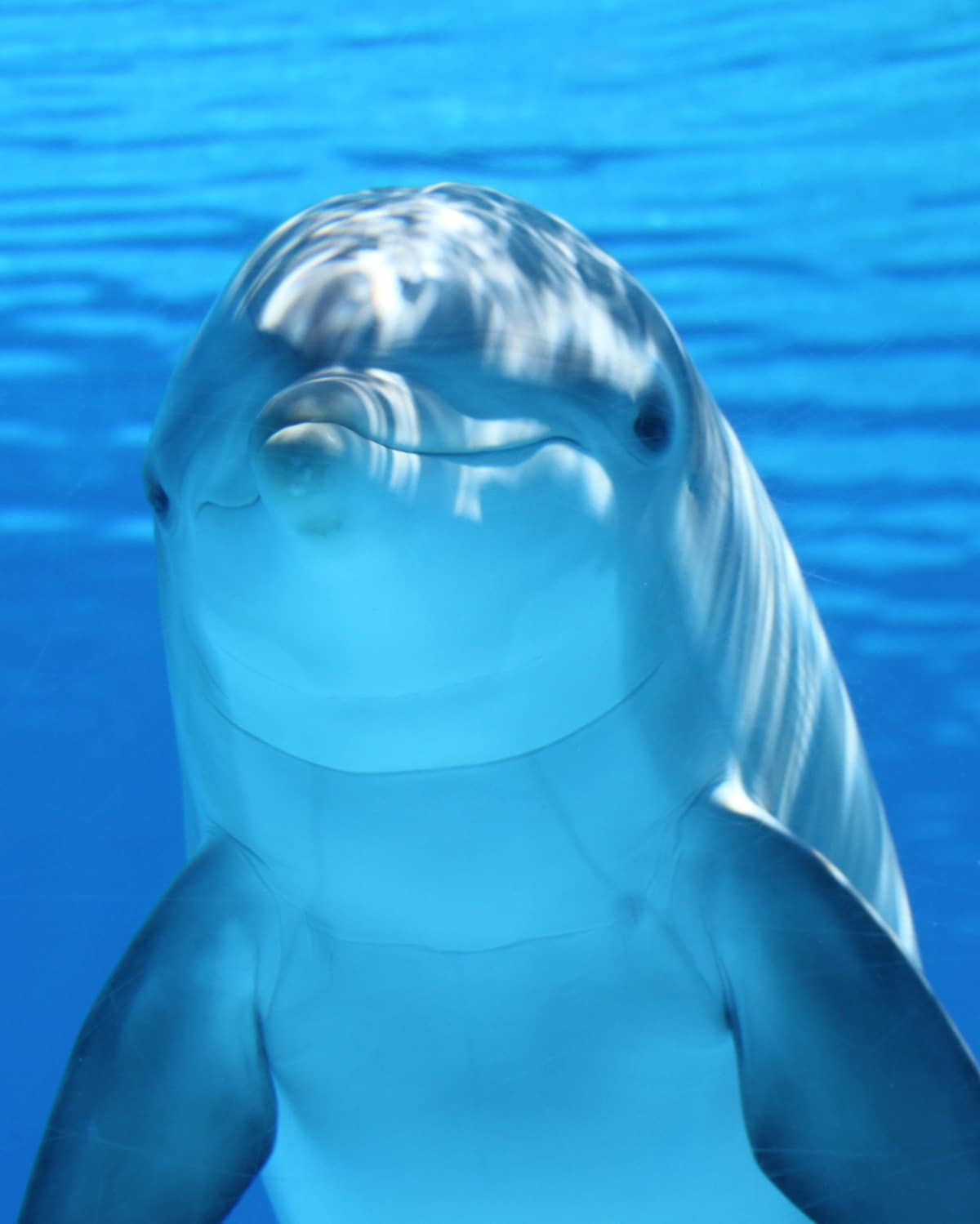
We’ve done a lot of weird things to dolphins in the name of science, but sadly, modern man has yet to invent a waterproof joint that would allow humans to “pass the dutchie” to our underwater allies. Thankfully, dolphins cope with the lack of oceanic dispensaries by blowing off steam with a readily available resource: pufferfish.
How to Grow Shrooms Bundle
Take Both of Our Courses and Save $90!
This unassuming fish can stretch out its body into a bulbous orb of deadly toxins whenever it feels threatened. Dolphins have been observed using the venomous creature in their own version of an aquatic ‘puff sesh.’ Zoologist Dr. Ron Pilley first made the connection between dolphins and their oceanic drug use in 2013. Author One R. Pagan describes the scene in his book Drunk Flies and Stoned Dolphins: Pilley spotted a group of young dolphins passing a puffer to each other. “We saw the dolphins hand the puffers with kid gloves, very gently and delicately like they were almost milking them not to upset the fish too much or kill it.” According to Pagan, the dolphins were “mesmerized” by their reflections afterward.
We still don’t know what dolphins talk about while floating in their drug-induced stupors, but we’d like to think that it’s aliens.
Drunk Squirrels Are A Menace
The life of a squirrel seems easy enough. Eating nuts, looking out for birds, and just generally being the cutest things ever are some of their favorite pastimes. So, this is why we have a hard time understanding why they would feel the need to get tipsy.
Rotting fruits that have fallen and left to ferment in the sun during summer months turns into a natural moonshine that squirrels eat—and become quite drunk. Their intoxication may be more accidental than intentional, though. In an article for the Independent, Simon Cowell, the chief executive of the UK’s Wildlife Aid Foundation, says that alcohol “would probably do irreparable damage to [the squirrel’s] internal organs.” He also warns that alcohol can be fatal to many animals. Giving wild animals alcohol, he says, is “cruel, inhumane, and very likely in contravention of animal welfare laws.”
Still, not all tree-dwelling creatures are lightweights. Malaysian pen-tailed treeshrews, Pagan says, have a tolerance for alcohol “at concentrations that would make other mammals swoon.” Their local neighbors, plantain squirrels, have a similar tolerance. Probably shouldn’t purposefully feed them alcohol, though.
Grazing Livestock Eat Locoweed

Locoweeds are notorious for causing a neurological condition called ‘locoism’ in farm animals. Locoweeds are any plant that produces the toxic indolizidine alkaloid, swainsonine—and it causes quite a buzz when ingested by animals. The plants aren’t typically the first choice of vegetation for livestock, but once the animals start nibbling on the stuff, it’s hard to get them to stop.
Still, unlike another plant once inappropriately called “locoweed”—cannabis—the side effects of eating this stuff are more than laughter, naps, and Netflix marathons. Locoweeds can cause behavioral disorders, gait abnormalities, and neurological symptoms such as difficulty standing and leg paresis.
Since the plant grows abundantly throughout North America, it’s a full-time job for farmers to keep their livestock away from Locoweed-infested fields in the spring and fall. (Which leaves plenty of space for our favorite festivals...)
READ: Legal Highs: The Top Legal Psychoactive Plants in the US
Sheep Get High Licking Rocks
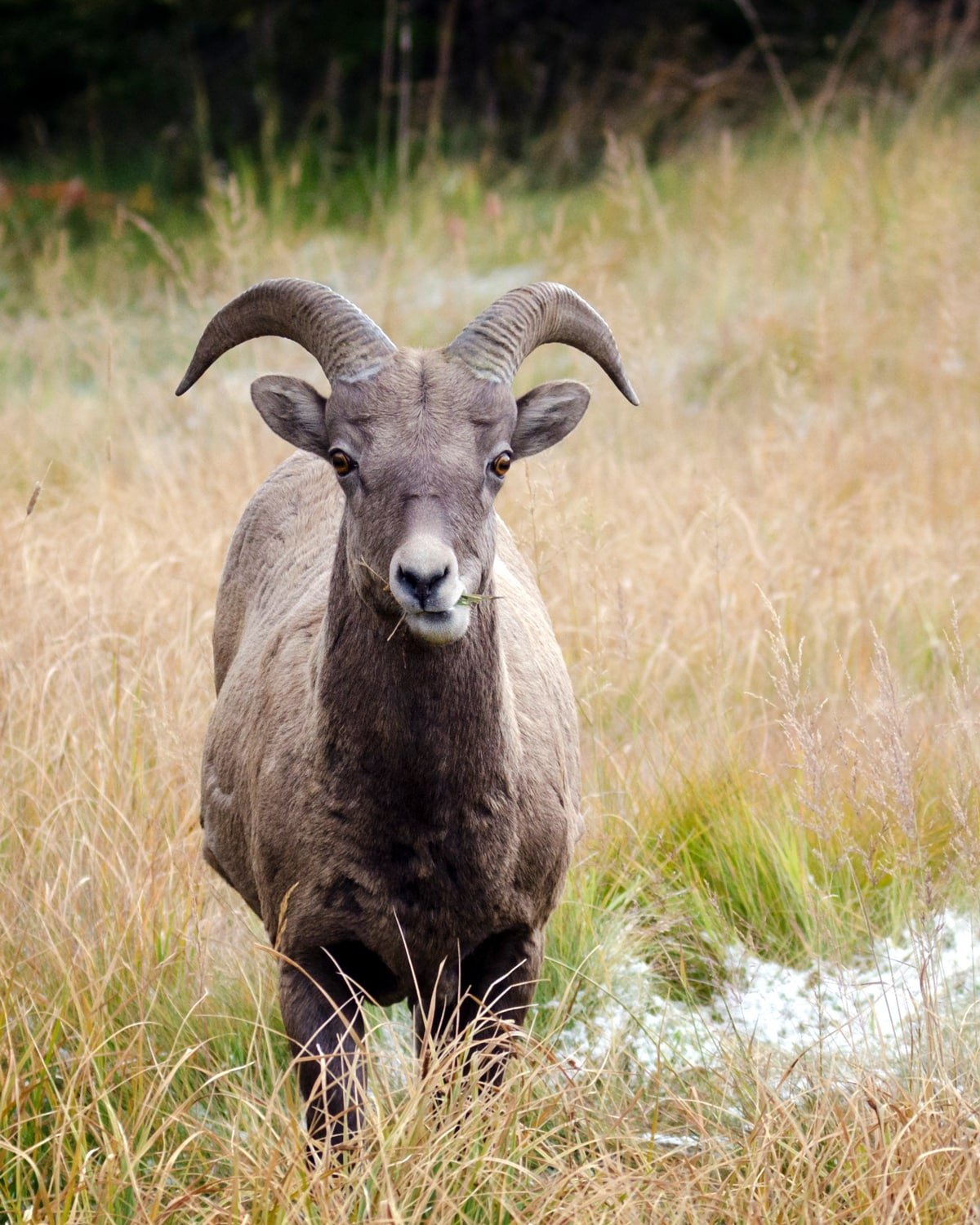
Many people are aware of natural hallucinogens such as magic mushrooms, truffles, and ayahuasca, but these are not the only options available–especially if you happen to be a bighorn sheep.
The strange, slimy-looking layer of vegetation seen on stones, trees, and sometimes pavement is called lichen. In the vast and oftentimes hostile wilderness of the Canadian Rockies lives a species of lichen that contains psychedelic properties. Considering how bighorn sheep risk their lives to get it—the high must be amazing.
Since these hallucinogenic lichens are extremely rare, researchers report that sheep grind their teeth to the gums to make sure they get every last bit off the rocks. Although the lichens have no nutritional benefit, they contain a substance that can make the sheep intoxicated if ingested in larger amounts. This anomaly leads scientists to believe that bighorns consume the mystical greenish-yellow moss solely for its narcotic properties. Still, in his book, Pagan notes that there “do not seem to be any formal studies” into the bighorn’s drug-seeking behavior.
With unobstructed views of the northern lights during certain months, we can only imagine what tripping under that spectacular backdrop would feel like.
Lemurs Get Ripped

The island of Madagascar, off the eastern coast of Africa, is known for its untouched jungles, diverse wildlife—and one of our favorite Dreamworks films of all time. Sadly, because it is a children’s movie, animators left out an important fact about the lemur that would have impacted its G rating.
These cuddly primates have a habit of rubbing foreign objects and substances over parts of their bodies–especially their bathing suit area. Animal behaviorists refer to it as self-anointing, and they don’t have a definitive reason why the lemurs perform the bizarre ritual using toxic millipedes found on the island.
Some researchers believe that the lemurs use the insects specifically because they secrete benzoquinone, a substance that is also known to repel mosquitoes and help combat the parasites often found in their intestinal tracts. The bright orange secretion from the insect also acts as a natural narcotic that causes the lemur to salivate and appear intoxicated.
After the lemurs have drifted into a blissful state they have been observed gobbling up the insects in order to satisfy what we can only assume is the grossest case of the munchies on record.
Marsupials Burn The Midnight Oil
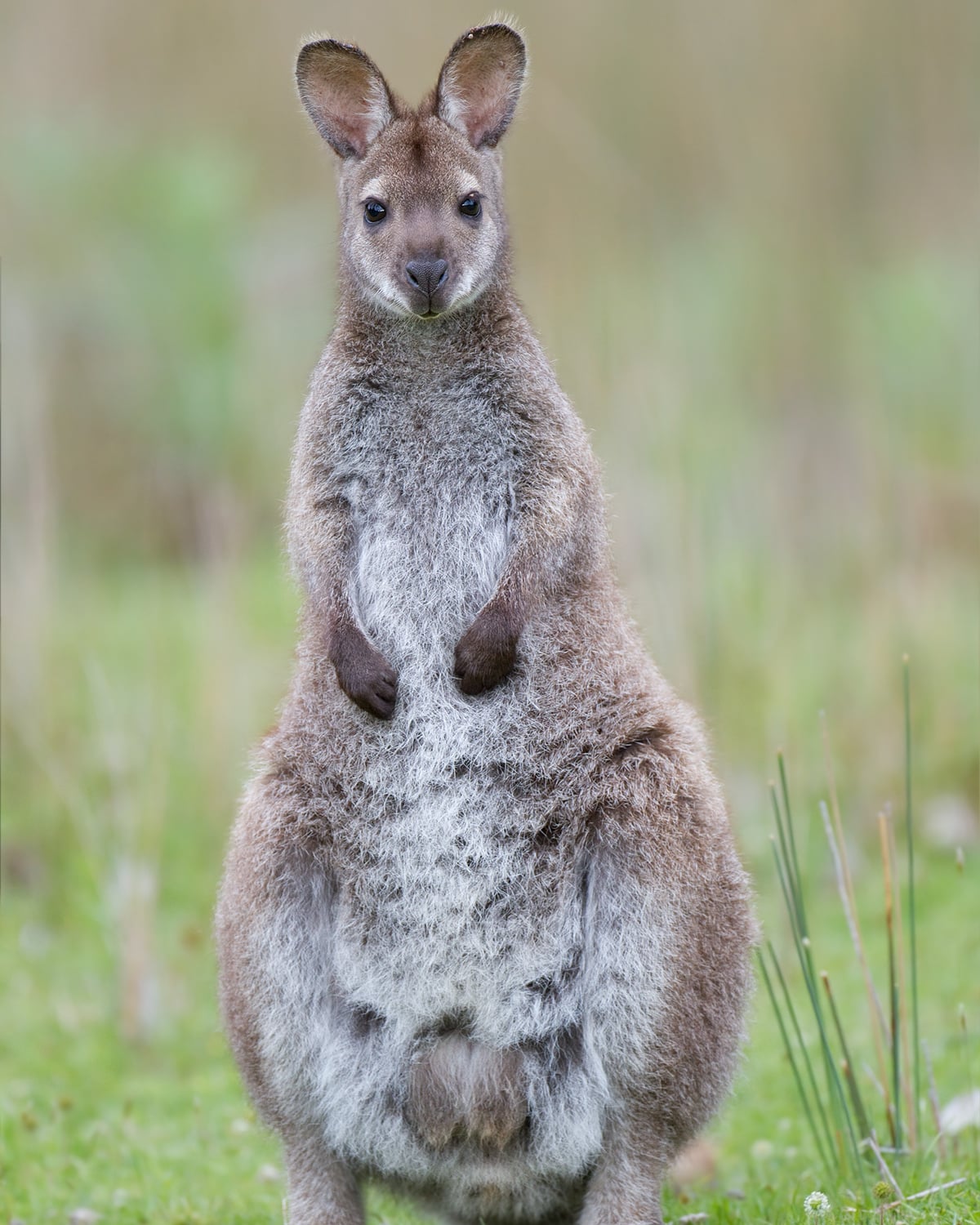
Australia happens to be one of the world’s major producers of poppies for medicinal purposes and poppy-based drugs—such as morphine or codeine. With only five percent of the continent currently being inhabited, there’s plenty of room for farms to grow the highly regulated and undeniably lucrative crop.
How to Grow Shrooms Bundle
Take Both of Our Courses and Save $90!
As of late, many doctors have been looking for natural ways to combat the growing opioid crisis—but one mammal may have a hard time kicking their habit.
Wallabies living down under have discovered that the intoxicating poppy fields that stretch across their natural habitats make for good eating. On the small island of Tanzania, authorities say that the critters will go as far as breaking into medical facilities to get their fix.
Officials stated that after eating the heads of the potent plants, the animals prefer to spend the rest of the day wandering in circles through fields until they pass out. Some experts believe that the loveable varmints may be responsible for the rise in reports of crop circles from bewildered farmers throughout the country: We still think it’s definitely U.F.O’s.
Interested in having a psychedelic experience, but don't know where to start? Get our definitive guide on trusted legal retreat centers, clinical trials, therapists, and more.

